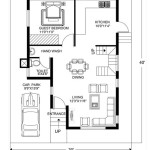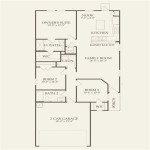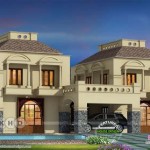Small Environmentally Friendly House Plans: Embracing Sustainability and Comfort
In an era marked by climate consciousness, the demand for sustainable living spaces continues to surge. Small environmentally friendly house plans offer an exceptional answer to this growing need. Embracing innovative design strategies and eco-friendly materials, these houses not only minimize environmental impact but also provide a comfortable and healthy living environment.
Benefits of Small Environmentally Friendly Houses
The merits of opting for a small environmentally friendly house plan are multifaceted. These homes:
• Reduce energy consumption, lowering utility bills.
• Minimize carbon footprint and contribute to climate change mitigation.
• Utilize sustainable materials, promoting resource conservation.
• Improve indoor air quality, fostering a healthier living environment.
Essential Design Considerations
To ensure optimal environmental friendliness, several design aspects require careful consideration:
• Orientation and Window Placement: Proper orientation maximizes day lighting and natural ventilation, reducing reliance on artificial lighting and cooling systems.
• Energy-Efficient Appliances and Systems: State-of-the-art appliances, lighting fixtures, and HVAC systems significantly reduce energy consumption.
• Sustainable Building Materials: Utilizing eco-friendly materials like bamboo, cork, and recycled paper helps minimize environmental impact during construction.
Green Building Techniques
Beyond design considerations, various green building techniques can further enhance a home's environmental sustainability:
• Passive Solar Design: Leveraging the sun's energy for heating and cooling minimizes the need for additional heating or cooling systems.
• Rainwater Harvesting: Collecting and reusing rainwater for landscape irrigation or other non-potable purposes reduces water consumption.
• Xeriscaping: Utilizing drought-tolerant plants in landscaping reduces the need for excessive water consumption.
Comfort and Functionality
Environmentally friendly design does not compromise comfort or functionality. Small eco-friendly houses can effectively accommodate daily life needs while maintaining a sustainable ethos.
• Smart Storage Solutions: Space-saving storage solutions like built-in shelves and multi-purpose furniture maximize space efficiency.
• Compact and Efficient Layouts: Well-designed floor plans ensure optimal space utilization and minimize unnecessary square footage.
• Natural Lighting and Ventilation: Large windows and clever ventilation strategies promote natural light and fresh air circulation, creating a bright and airy living environment.
Conclusion
Small environmentally friendly house plans represent a harmonious blend of sustainability and comfort. By embracing eco-friendly design strategies, utilizing sustainable materials, and implementing green building techniques, these homes not only reduce environmental impact but also create a healthy and cozy living space. As the global awareness of climate change intensifies, small eco-friendly houses are poised to become the epitome of responsible and responsible housing.

25 Small Sustainable House Plans Cutaway Drawings Natural Building Blog Home

Eco House Plans Friendly Design Narrow
Green Home Plans Eco Friendly

Danish Smart House Prefab Inhabitat Green Design Innovation Architecture Building

Eco House Design Sustainable

Livinghomes And Make It Right Introduce Affordable Green Prefab House Floor Plans Container

Eco Ranch Plan
Tiny Eco House Plans By Keith Yost Designs

Eco House Design Is Heavenly Complete With Wings Plans

The Soleta Zeroenergy One A Small Sustainable House Eco Design Passive








